Arad and Its Significance to Our Family
Each year on 6 October, Hungary’s national flag is raised and lowered to half-mast in front of Parliament House in remembrance of the executed leaders of the 1848-49 freedom fight. These 13 martyrs for Hungarian freedom and independence from the Austrian Hapsburg rule were executed in a town called Arad on this day in 1849.
The Hungarian Revolution of 1848−1849 is one of the most significant events in Hungarian history. It forms a foundational part of national identity, as it sought to secure individual freedoms and establish national sovereignty. Remarkably, many of the generals were not of ethnic Hungarian origin, but they fought for an independent — and, for its time — liberal Hungary. In May 1849, Emperor Franz Joseph sought Russian assistance, and the combined Russian and Austrian forces defeated the Hungarians. The Hungarian Revolution ended on 13 August 1849 with the surrender at Világos, followed by severe Habsburg reprisals. Franz Joseph I. appointed Field Marshal Haynau to restore order in Hungary. through the execution of the generals, Haynau sought to set an example to the Hungarians and the world on how rebels were to be dealt with.
Our family has strong connection to two of these generals. On the nemescsói Török, we are direct descendants of Török Ignác, while on the maternal branch of my father’s family, we are similarly connected to Kiss Ernö. Our grandfather married ittebei Katalin Mária Emilia Ilona Kiss from that family.
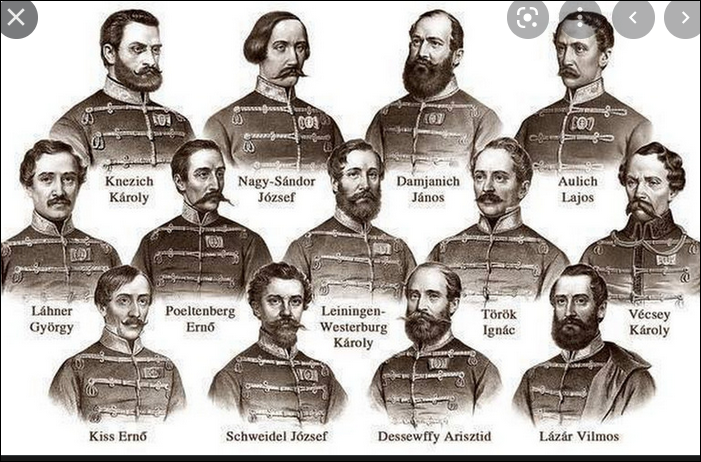

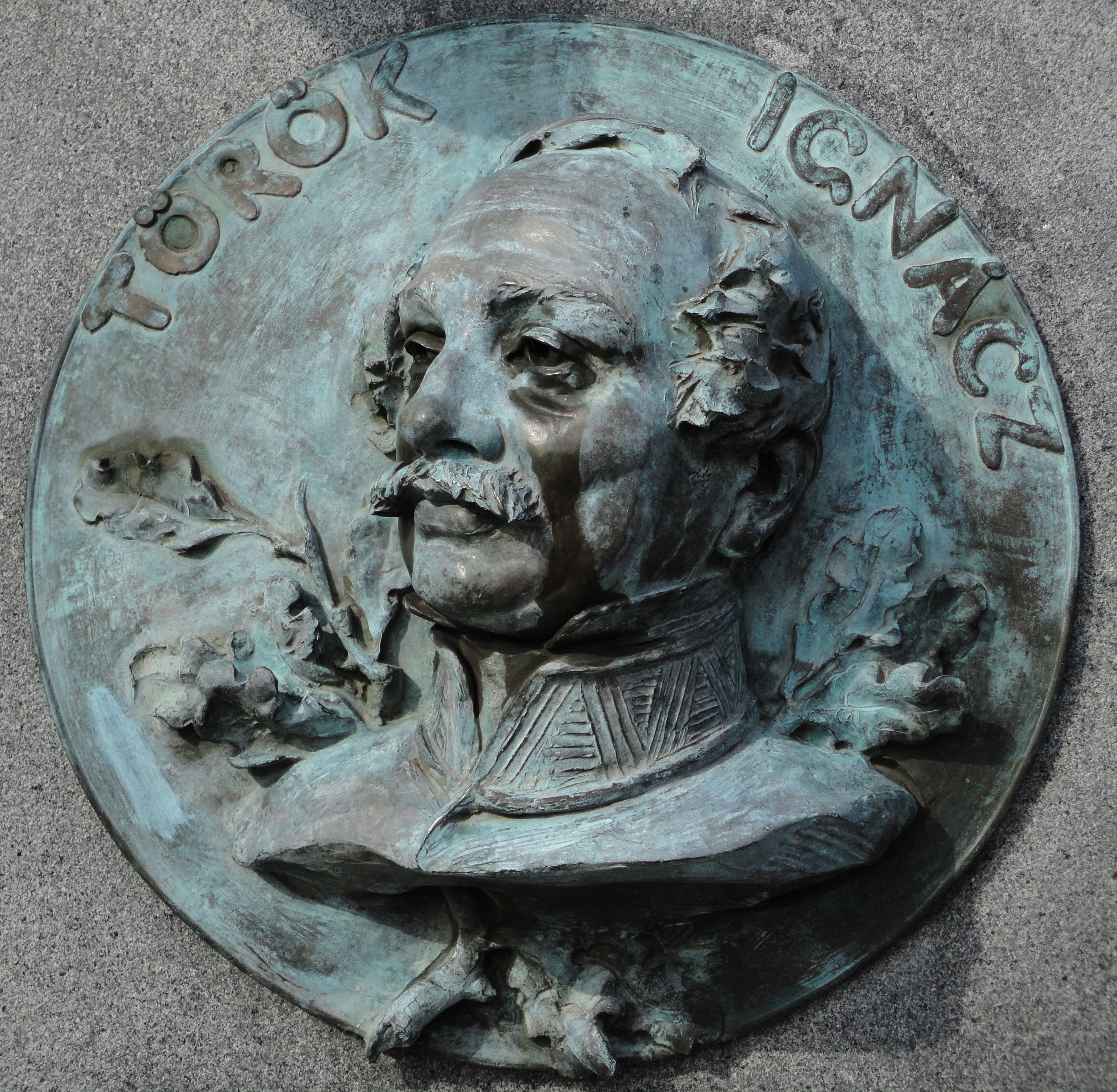
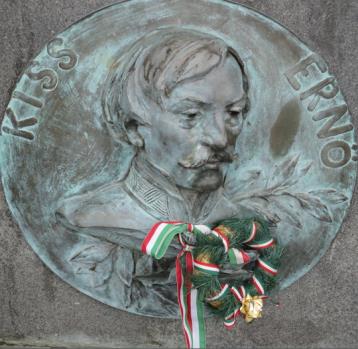
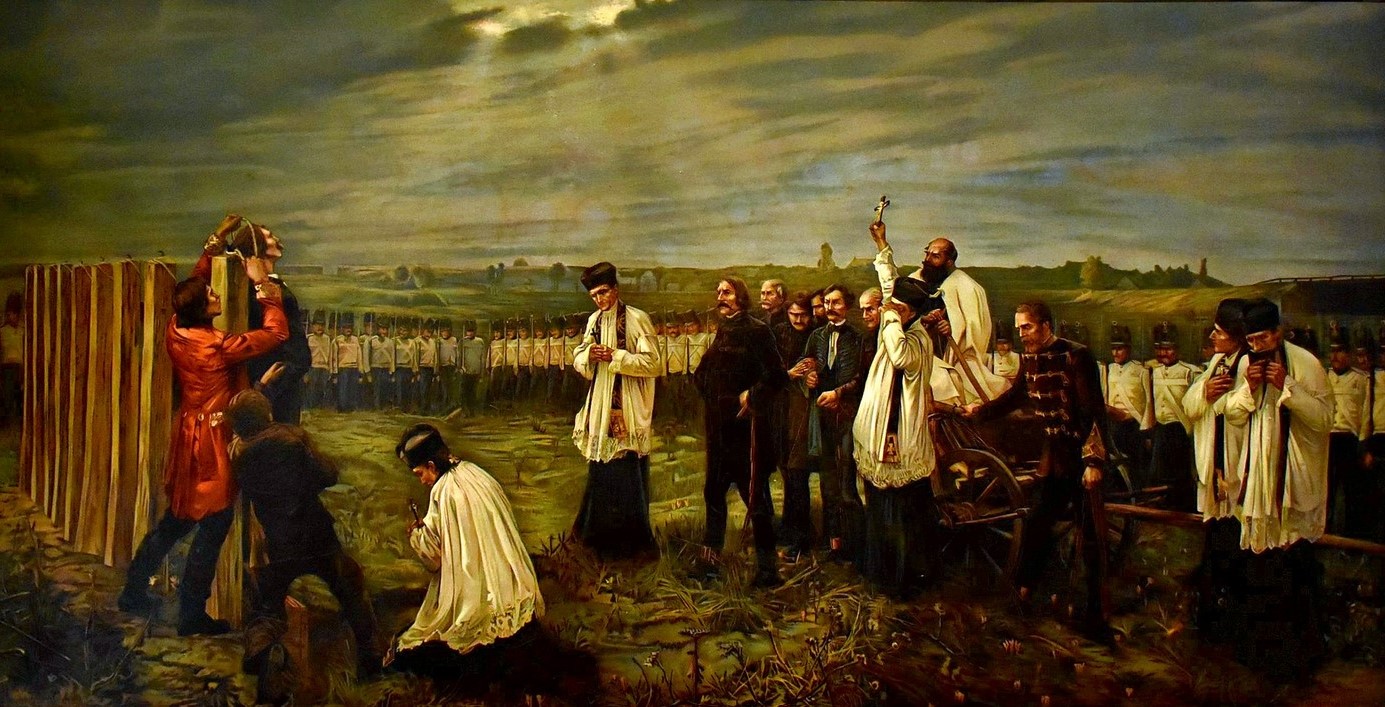
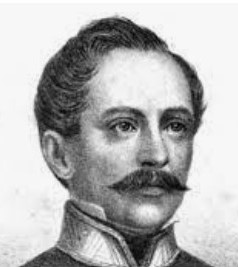
nemescsói Ignác Török was a small land holder descended from a Hungarian noble family. He began his high school studies in Gödöllő (Years I and II) continued at the Royal Catholic University of Applied Sciences (now Budapest University Catholic High School) (Years III and IV). Finally, from 1809 to 1811 he attended the Gyöngyös Grammar School (Years V and VI). After graduating from the Academy of Engineering in Vienna, he joined the Imperial Army as a lieutenant (1816). In 1839 he entered the Noble Bodyguard, where he taught fortification theory. Among his students were Arturo Görgey and György Klapka. Before the Revolution, he served in Lemberg, then later ,as a lieutenant colonel, in Zagreb. In October 1848, he was stationed at Komárom Castle, where the entire fort joined the Hungarian forces. During the winter of 1848-1849, he oversaw the fortification of Komárom castle, bolstering its defences. Following the defeats against Windisch-Grätz, the commander of Komárom, Majthényi, prepared to surrender. However, the officers of the castle forced him to resign, and command was given to the oldest officer, Ignác Török -a decision confirmed by the government, which named him general on 28 January. In April 1849, his post was replaced by János Lenkey and later tasked with dismantling fortifications in Buda to prevent recapture . He then travelled to Szeged, overseeing the construction of ramparts along the Tisza’s right bank.
Standing before the Arad tribunal, Ignác Török defended his actions in Hungarian, stating, – “My conscience absolves me“. The Tribunal sentenced him to death by rope, and was the sixth General to be executed (second by rope). Download below is from a book written by Vidos Géza.
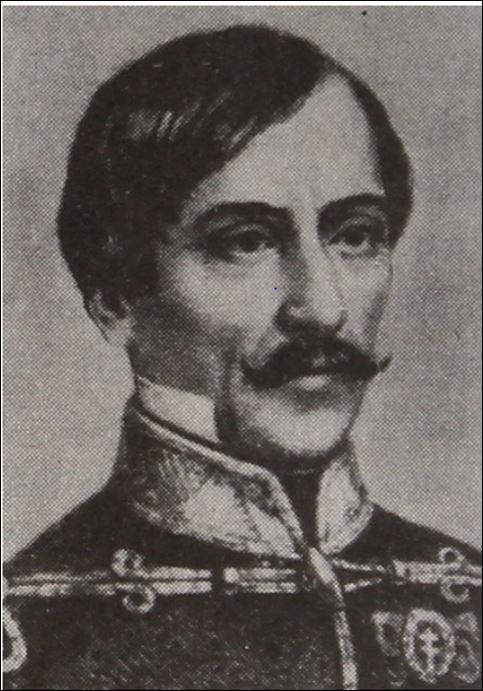
Ernö Kiss was one of the leaders of the Hungarian Revolution 1849. He was a descendant of a very old Armenian Transylvanian family, the Acontz. Ernö Kiss was one of the wealthiest people in Hungary at the time . After graduating from the Theresianum in Vienna, he began his military career in 1818 in a Cavalry regiment of the imperial army. In 1845 he was commander of the 2nd Hannover Hussar Regiment. Among those who later became martyrs at Arad- József Nagysándor and Károly Vécsey -had served under his command. He was one of the few high-ranking imperial officers who defected to the Hungarian army, taking part in battles against Serbian insurgents from the outbreak of the war. His name is associated with the first major victory in the south, and he received the Hungarian Military Order of Merit Second Class. He replaced the Minister of War several times until the end of the War of Independence. It is a historical fact that ittebei Ernö Kiss a land owner of 80,000 acres holding, at the outbreak of the War of Independence, contributed an entire hussar regiment with horses and uniforms for the cause. He was captured by Russians forces and later by the Austrians. Ernő Kiss’s death sentence was commuted from hanging to execution by firing squad because he had not commanded troops that fought against imperial troops. In a letter he wrote, that he had attempted to mediate peace between the two empires.
Ernö Kiss’s last words were “My God, will the youth of the new age be whole? May the glorious saints of Árpád vigil over the Hungarian youth, so that their hearts may belong to Christ and their lives to their homeland”.
